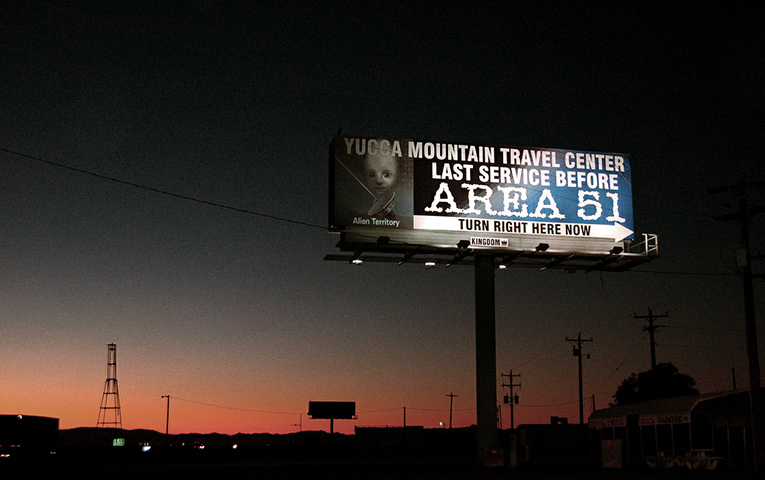
There are about 80 nuclear waste storage sites distributed across the US, but actually no permanent repository. And while a new study has shown that Chernobyl crops are radioactive, do you think your food is safe around those nuclear waste disposal sites in the US?
Nuclear power provides twenty percent of America’s electricity. But the US has no permanent geologic repository for disposal of commercial SNF (spent nuclear fuel) and other HLW (high-level waste). Thus, commercial nuclear power plants generally store SNF on site.
In other words, the resulting nuclear waste — about 70,000 tons of it — is accumulating at 80 sites nationwide, which have also been built near major metro areas such as New York City, New Orleans, and Chicago as shown in the map below.
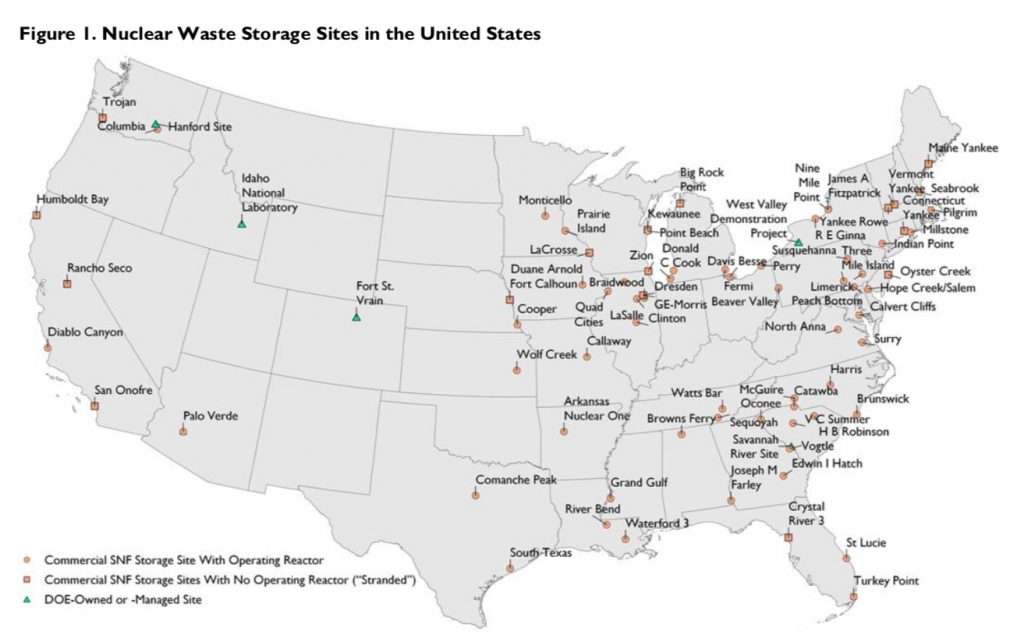
The map above includes spent nuclear fuel from reactors and the high-level waste generated when the Department of Energy extracted material from spent fuel to create nuclear weapons.
However, it does not include the locations of research reactor sites, special nuclear materials (e.g., plutonium-239 and uranium-235), transuranic wastes, or low-level nuclear wastes.
If you add those sites, then you get the terrifying map below:
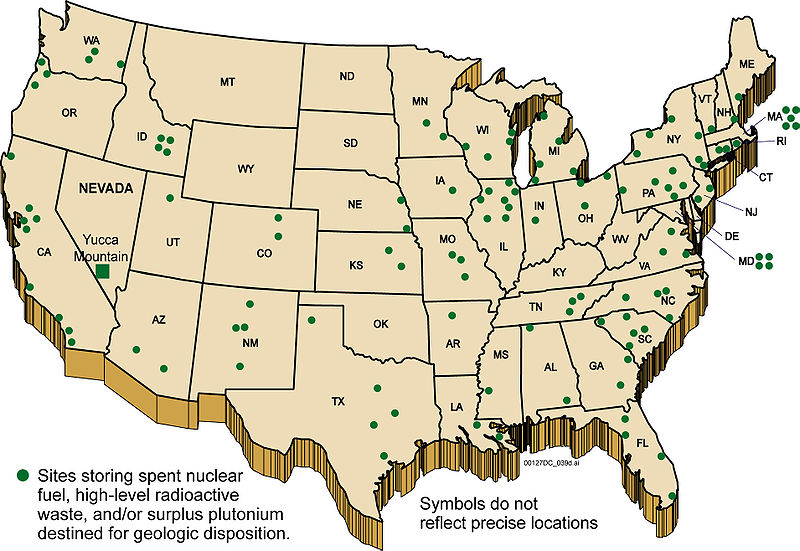
At 23 nuclear waste storage sites (29% of the total sites), there are no ongoing reactor operations. These “stranded sites” are facilities that store nuclear waste but lack an operating reactor generating power and revenue.
Examples of dangerous radioactive disposal sites
Idaho National Laboratory
Idaho National Laboratory is the site of the only fatal nuclear accident in American history on January 3, 1961.
Areas of the site are contaminated with different levels of various pollutants that pose a threat to human health and the environment.
Idaho National Laboratory has been the site of numerous releases of radioactivity. The most recent was in April 2018, when a 55-gallon barrel of “radioactive sludge” ruptured while being prepared for transport.
The U.S. Navy has been sending in its spent fuel from nuclear-powered ships to INL, and the lab is dealing with tons of waste containing artificial elements, so-called transuranic waste.
The radioactive remains of the Three Mile Island disaster are stored at the Idaho National Laboratory in Idaho Falls.
The Hanford Site
Hanford is a largely abandoned Manhattan Project relic that produced, among other nuclear weapons exploits, the Fat Man atomic bomb detonated over Nagasaki during World War II.
It sits about 250 miles up the Columbia River from Portland, Oregon.
Hanford’s waste has been notoriously mismanaged. Rarely does a year pass when there isn’t another major investigative report talking about how Hanford waste was dumped downriver or leaked into the atmosphere.
One of the more recent reports called Hanford “one of the most toxic nuclear-waste sites in the world,” concluding that the agencies managing Hanford are “at best ignoring, and at worst actively retaliating against, experts with inconvenient opinions” about the radiation that continues to emanate from Hanford.
While a new study has shown that Chernobyl crops are radioactive, do you think your food is safe around those nuclear waste disposal sites in the US? More radioactivity news on Elsevier, Exceter, Strange Sounds and Steve Quayle.
Please buy with us on Amazon. The affiliate sales will help us to continue the hard work we are putting in this website.



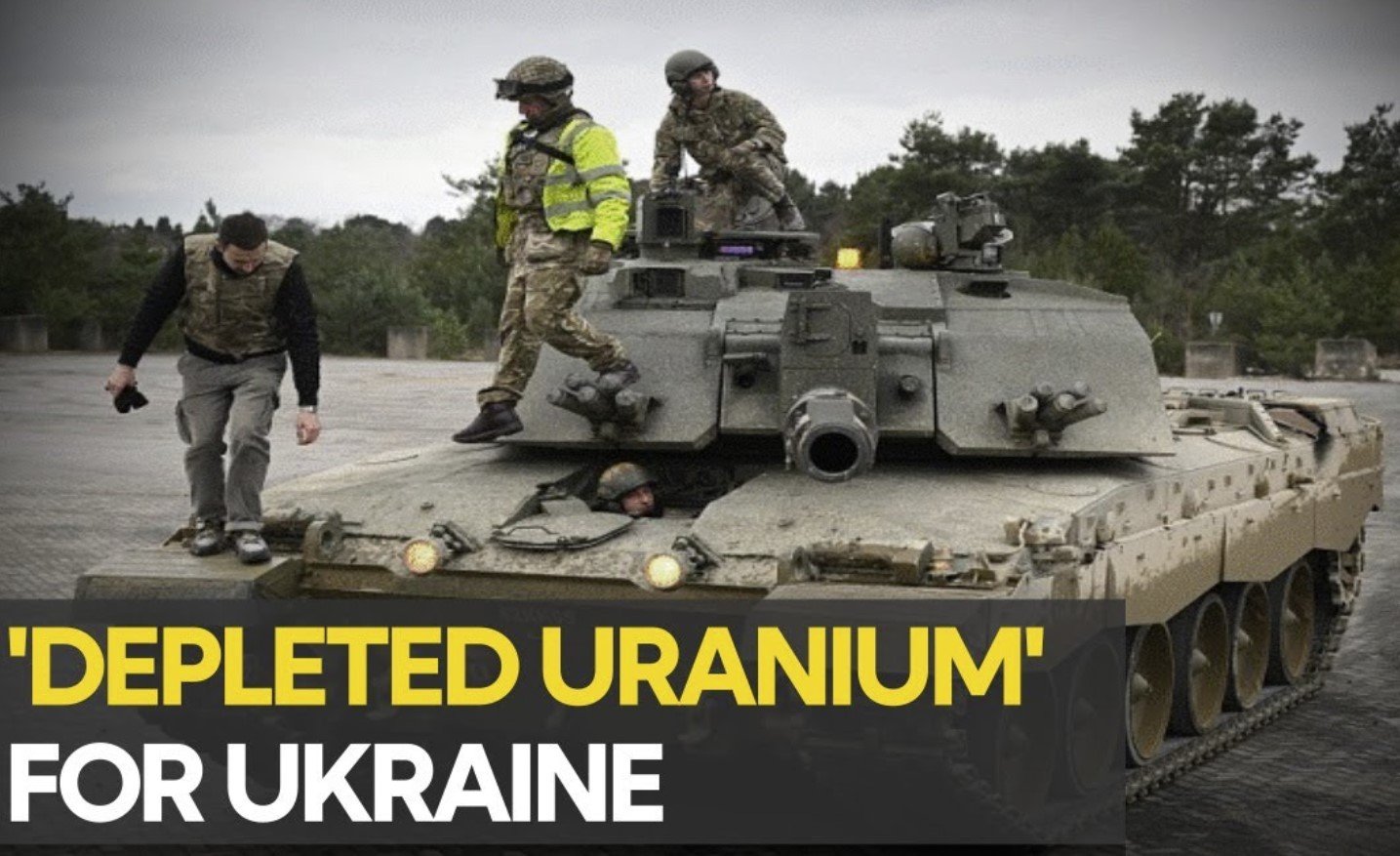
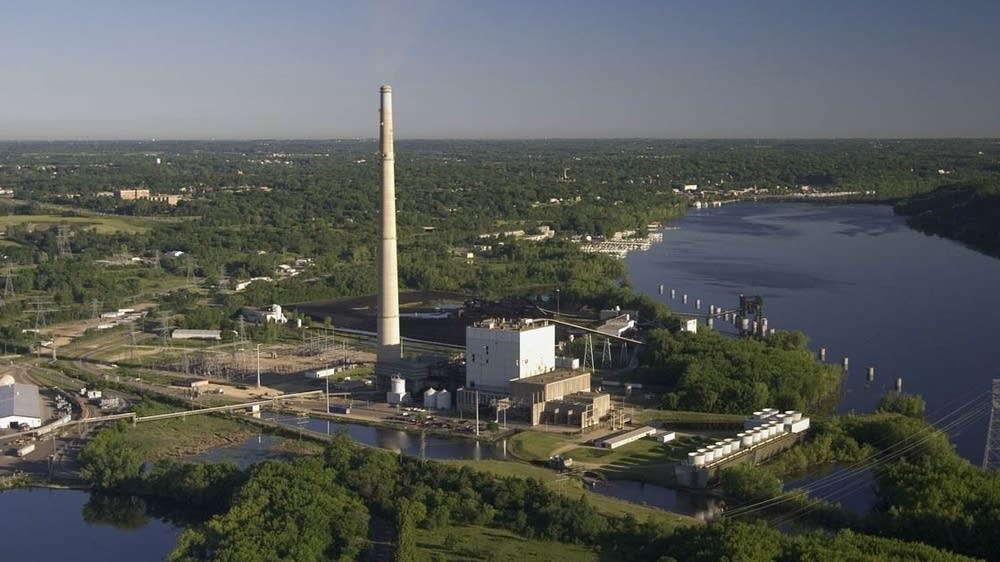


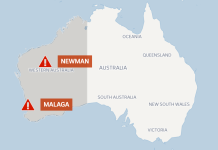
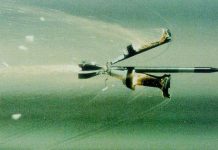
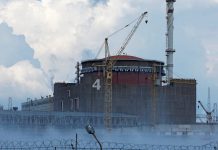
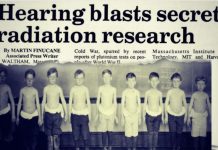

Why is this info NOT readily available to every American citizen.
Far too many secrets are hidden from this Nation’s citizens!
My father died from a nuclear accident in 1964. Your math is incorrect.
Rancho Seco in California, east of Sacramento, had a nuclear power plant there once and now they have turned it into a regional park with lakes for people to swim and fish. If there is nuclear waste still on the site or in those reactor chambers, then they have certainly done a good job of concealing it from the public, which apparently loves to go there for outings by the hundreds on the weekends. I guess having your children swim around in a former nuclear power plant site and picnic for the day is certain to bring them decades of good health. Maybe it even kills off the Covid, is why they do it. You can look it up yourself online. It was a former nuclear plant, now it’s a lovely recreational area. It’s eerie, like going into the Twilight Zone just driving by.
Yucca mountain is a no go! I wrote an article about the zeolites at the site they give off water when heated. DOE spent millions to prove me wrong!!! They used resistance electric heater to a tunnel to simulate the thermal heat of waste! After the test the floor of the tunnel was flooded!
in time all will by the process of osmosis will cover the earth the skies and the bottom of the sea! man is not able to manage it self! man will only kill itself!
come quickly Jesus!
This is terrifying to read. Hopefully our politicians can pull their head out of their rear and fix this problem once and for all.